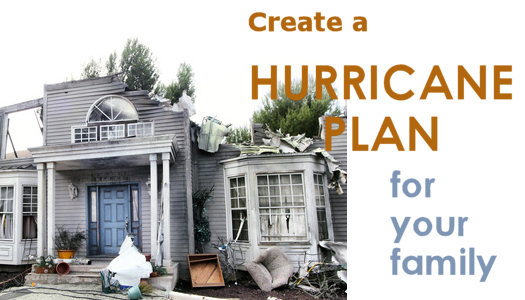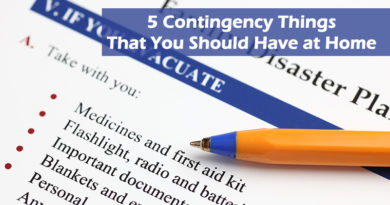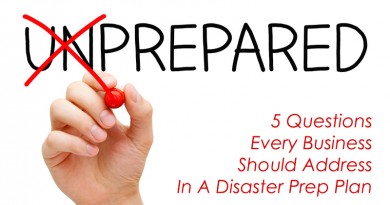Create a Hurricane Plan for your Family
It is hurricane season once again. The official season lasts from June 1st until November 30th each year, with the most storms occurring in September. If you and your family live in a hurricane zone and do not have a hurricane plan in place, now is the time to create a plan. If you do have a plan, it’s time to review and update it, making certain every member of the family understands the hurricane plan thoroughly.

It’s also a good idea to review other emergency plans at this time, even if you do not live in an area here hurricanes occur. Other natural disasters such as tornadoes, floods, earthquakes and even in the unnatural case of terrorism require every family to establish plans for extraordinary situations.
With the tragedy following Hurricane Katrina in 2005 and the unusual number of hurricanes that made landfall in the United States, it is easy to see why having a plan in place is crucial. Families without plans had no idea who to locate one another and were forced to do without much-needed prescription medication and other needs due to lack of planning.
Planning for Re-Uniting Your Lost Family
Using lessons-learned from past storms, creating an effective and sensible plan should not be difficult to define. Let’s begin with one of the keys that cause many families a great deal of worry and fear. In many cases, families were separated and had no idea how to reunite. This could happen to you and your family during any major disaster. Don’t let it happen to you.
Determine one or two relatives or friends that live well outside the hurricane zone. Contact these people and ask if they can be the contact point should a disaster occur. Then write their full name, address and all contact telephone numbers down. Have each family member memorize the information. Even small children can memorize the full name and city as a minimum. Should an evacuation or disaster occur, children that may be too young to have all the information memorized should have a paper, sealed in a plastic bag or laminated, pinned to their clothes. This can provide a point for each family member to call and the friend or relative can coordinate making certain everyone knows where the rest of the family is located, helping them reunite. In fact, have every family member carry this information on their person so that a hospital would know who to contact if the person were unconscious or in a coma.
Important Docs to be Taken Along
Once the contact point has been determined, it is time to consider what you need to take with you in an evacuation. Store these items together so they can be found easily in a hectic situation. These items include, but are not limited to:
- Records of marriage, birth, death, child support, and other difficult to replace items.
- Insurance documents for the home, vehicles, life and health.
- Written list of all prescription medications taken by any family member that requires regular medication.
- Immigration papers, visa or citizenship papers if you were not born in the United States.
- Passports of any family members that hold a valid passport.
- Proof of ownership of vehicles and real property.
- Business or professional licensing documentation.
- Any other paperwork that is difficult or impossible to replace.
- Medical records if any family member has a life-threatening disease or disorder.
- Identification and Social Security cards.
- Current financial information.
- Your personal address/telephone books.


